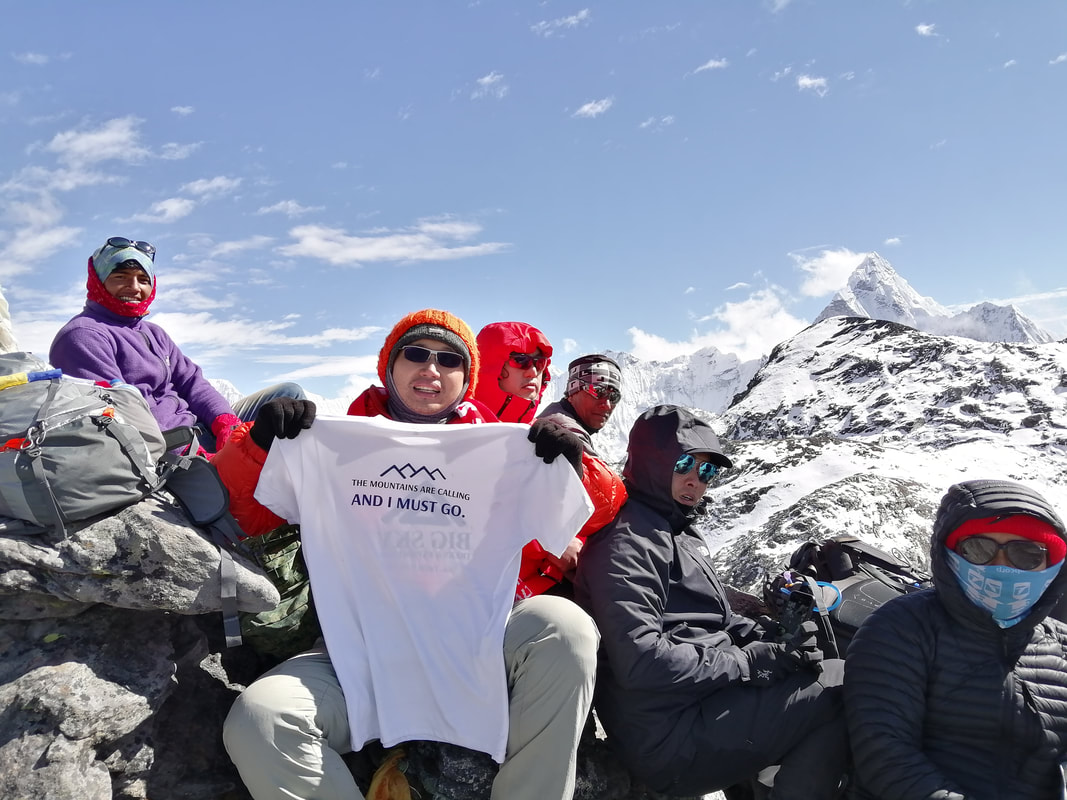If you’re seeking an adventure that combines breathtaking landscapes, rich cultural experiences, and the thrill of high-altitude trekking, look no further than Everest Region Trekking. Nestled in the heart of the Himalayas, the Everest region offers an unparalleled trekking experience that draws adventurers from around the globe.
Top Treks in Everest Region
🌄 The Allure of Everest Region Trekking
Everest Region Trekking is more than just a hike; it’s an immersion into a world where towering peaks, ancient monasteries, and vibrant Sherpa culture converge. The region is home to some of the most iconic treks, including the Everest Base Camp Trek, Gokyo Lakes Trek, and the challenging Three Passes Trek. Each trail offers unique vistas and experiences, ensuring that every trekker finds their perfect path.
🏞️ Diverse Landscapes and Breathtaking Views
One of the most captivating aspects of Everest Region Trekking is the diversity of landscapes you’ll encounter. From lush rhododendron forests and alpine meadows to glacial moraines and snow-covered passes, the scenery is ever-changing and always awe-inspiring. Trekkers are treated to panoramic views of some of the world’s highest peaks, including Mount Everest, Lhotse, Nuptse, and Ama Dablam.
🧘♂️ Cultural Immersion and Spiritual Encounters
Trekking through the Everest region offers a deep dive into the rich tapestry of Sherpa culture. Villages like Namche Bazaar, Khumjung, and Pangboche provide opportunities to interact with locals, visit ancient monasteries, and participate in traditional festivals. The Tengboche Monastery, for instance, hosts the vibrant Mani Rimdu festival, a celebration filled with masked dances and spiritual rituals that reflect the region’s deep Buddhist roots .
🌿 Flora and Fauna: Nature’s Bounty
The Everest region is not only about towering peaks but also about rich biodiversity. As you ascend, you’ll traverse through Sagarmatha National Park, a UNESCO World Heritage site that boasts a variety of flora and fauna. Trekkers might spot the elusive snow leopard, red panda, Himalayan tahr, and a plethora of bird species like the Himalayan monal, Nepal’s national bird .
🏨 Comfortable Accommodations Amidst the Wilderness
Despite the remote nature of the trails, Everest Region Trekking offers a range of accommodations to suit different preferences. From cozy teahouses run by local families to more luxurious lodges, trekkers can find comfortable resting spots after a day on the trail. These accommodations not only provide warmth and sustenance but also a chance to connect with fellow adventurers and share stories.
🧗♀️ Challenges and Rewards
Trekking in the Everest region is a test of endurance and determination. The high altitudes, rugged terrains, and unpredictable weather can pose challenges. However, with proper acclimatization, preparation, and a positive mindset, the rewards are immense. Standing at the base of the world’s highest mountain or witnessing a sunrise over the Himalayas are experiences that stay etched in memory forever.
🌐 Why Choose Big Sky Treks for Your Everest Adventure?
Embarking on Everest Region Trekking is a significant undertaking, and having the right partner can make all the difference. Here’s why Big Sky Treks stands out:
✅ Expertise and Experience
With years of experience guiding trekkers through the Himalayas, Big Sky Treks boasts a team of seasoned professionals who prioritize safety, comfort, and authentic experiences.
✅ Customized Itineraries
Understanding that every trekker has unique preferences, Big Sky Treks offers tailored itineraries that cater to different interests, fitness levels, and timeframes.
✅ Sustainable and Responsible Tourism
Big Sky Treks is committed to eco-friendly practices, ensuring that trekking activities have minimal impact on the environment. They also support local communities by employing local guides and porters, promoting cultural exchange and economic growth.
✅ Comprehensive Support
From the moment you land in Nepal to the completion of your trek,
Big Sky Treks provides end-to-end support, including permits, accommodations, meals, and emergency assistance.
📅 Best Times for Everest Region Trekking
While Everest Region Trekking is possible year-round, the best seasons are:
- Spring (March to May): Rhododendron blooms and clear skies make this a popular time.
- Autumn (September to November): Stable weather and crisp views attract many trekkers.
- Winter (December to February): Fewer crowds and serene landscapes, but colder temperatures.
- Monsoon (June to August): Lush greenery but trails can be slippery and views obscured.
🧳 Preparing for Your Trek
To make the most of your Everest Region Trekking experience:
- Physical Preparation: Engage in regular cardio and strength training exercises.
- Gear Up: Invest in quality trekking gear, including boots, jackets, and sleeping bags.
- Stay Informed: Understand the symptoms of altitude sickness and the importance of acclimatization.
- Travel Insurance: Ensure you have comprehensive coverage that includes high-altitude trekking.
🌟 Embark on Your Everest Journey with Big Sky Treks
Everest Region Trekking is more than just a trek; it’s a journey into the heart of the Himalayas, offering unparalleled natural beauty, cultural richness, and personal growth. With Big Sky Treks by your side, you’re assured of a memorable, safe, and enriching adventure.
Ready to take the first step? Contact Big Sky Treks today and let the mountains call you home.



